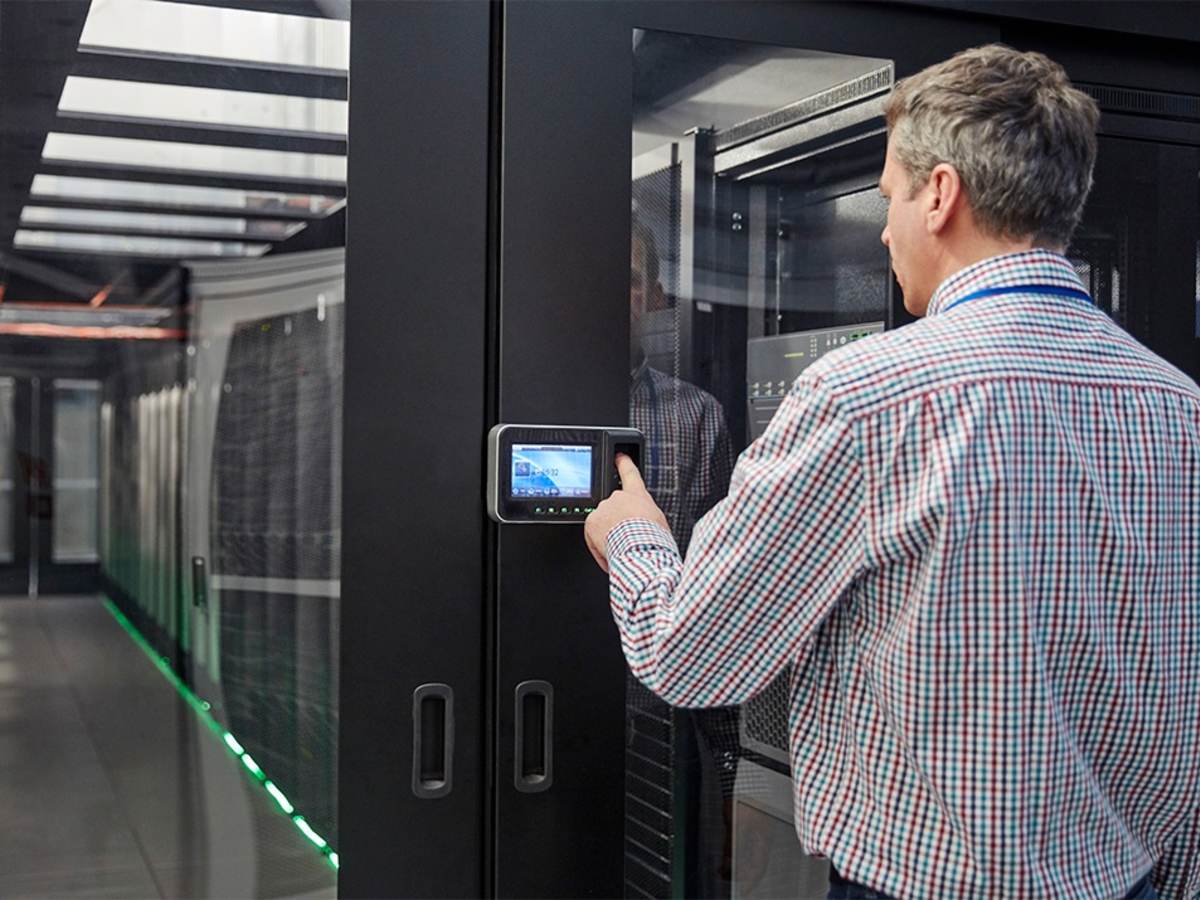

It can also be used to determine the overall health of the network. Network scanning is used to recognize available network services, discover and recognize any filtering systems in place, look at what operating systems are in use, and to protect the network from attacks. The purpose of network scanning is to manage, maintain, and secure the system using data found by the scanner. This method is often used to map network topology. Using the necessary Internet Control Message Protocol (ICMP) scan is more complicated, but it can be done-you’ll need to use echo, timestamp, or subnet mask requests. But to view all devices on the network across all subnets, your best bet is to use a tool that can automatically run scans and discover devices. It’s possible to manually ping your subnet to using an Address Resolution Protocol (ARP) scan. The scanner then looks at the responses it gets to see if there are inconsistencies or vulnerabilities.įor IP networks, this is often done by sending a ping to each possible IP address and getting a response to determine its status. Active scanning is when the tool sends a ping to each device on the network and awaits a response.
#Network scanner how to
Wondering how to see all devices on the network? As the term is typically used, “network scanning” is the process allowing you to determine all active devices on your network.

There are manual ways to perform some of these tasks, but I suggest using a network scanning tool for optimal results. Here’s how to go about scanning your network to understand what devices are on your network, view how they’re performing, and understand the traffic moving between them. Scanning your network regularly is important for ensuring the network and devices on it are functioning healthily. Network scanning can offer critical insights into devices and performance, making it easier to troubleshoot issues.


 0 kommentar(er)
0 kommentar(er)
